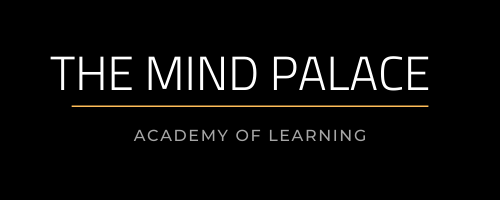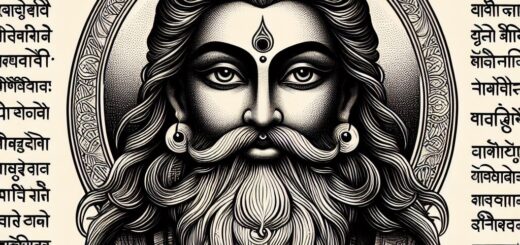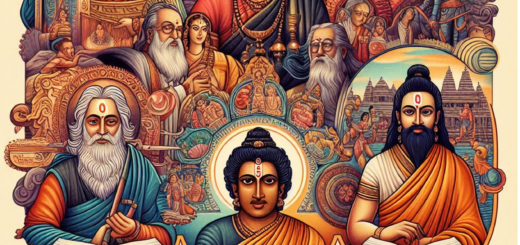WOMEN FREEDOM FIGHTERS
Summary of Women freedom fighters
Exercise of women freedom fighters

Karnataka Women in Freedom struggle
- Rani Abbakkadevi
- Ballari Siddamma
- Kamaladevi Chattopadyaya
- Yashodharamma Dasappa
- Umabai Kundapura.
Summary
Rani Abbakkadevi:-During the pre-Gandhi freedom struggle, among Rani Chennamma, Keladi Chennamma, stands Rani Abbakkadevi. She belonged to Chowta dynasty that ruled Ullala. Her uncle Thirumalaraya trained her in warfare and brought to power as the queen of Ullala.
Abbakka was married to Lakshmappa Arusu of Bhanga region of Mangaluru. As her marriage did not last for long, she returned to Ullala.
She rejected the demands of Portuguese for taxes. They declared war on her in 1555. Abbakka won this battle. Again, in 1568, the viceroy of Portuguese Antonio Noronha entered Ullal.
Abbakkadevi escaped from there and attacked on the Portuguese with a band of 200 soldiers. General Peixoto died in this attack. Many Portuguese soldiers were were taken as prisoners.
In memory of Rani Abbakkadevi, ‘Veerarani Abbakkana Utsva’ is organized every year at Ullala. Veerarani Abbakkadevi award is conferred on woman achievers every year January 15, 2003, the postal department brought out a postal envelope which had her
Ballari Siddamma (1903-1981)
Ballari Siddamma was born in 1903 to traditional family in today’s Haveri District’s Dundasi Village
Her father was Kottege Basappa. Though he was a businessman by profession, he was interested in freedom struggle
Her father used to bring news papers and periodicals for Siddamma.These made her to develop nationalist thoughts. As she was married to another freedom fighter Murugappa, it became easy for her to participate in the freedom struggle completely.
By 1930s, freedom struggle was at its peak in Mysuru state. It was led by Sardar Veeranna Gowda, S. Nijalingappa and T. Siddalingaiah. Ballari Siddamma participated in the Convention of Congress party at Shivapura in 1938. She courted arrest by hoisting the flag on April 13, 1938.
She was imprisoned for a month. She was the first woman to participate in hoisting the flag in the state of Mysuru.
The newspapers of the state highlighted her commitment towards the freedom struggle. She continued her participation in the freedom movement after she was released from the prison.
She participated in the Aranya Sathyagraha of Chitradurga in 1939.
She was imprisoned in jail from September 29, 1939 to September 9, 1940 for cutting wild date trees in Mayakonda and Anagodu forests of Davanagere
She also took part in Quit India movement. When the Mysuru state did not declare its decision to join the Indian
The state government honoured her with copper plaque. Ballari Siddamma took part in the freedom struggle and brought laurels to women in general.
Kamala Devi Chattopadhyaya (1903-1988):
Kamaladevi Chattopadhyaya was born in a rich family on April 3, 1903. Her father was Dhareshwara Anantharaya and mother was Girijabai
Her father was higher officer in the colonial government. She was educated in catholic convent and St. Mary’s school. She was married at the age of fourteen and became a widow very early.
When her father was transferred to Madras, she continued her education there. She went to London School of Economics and returned to India
She engaged herself in the social reforms. She came to know the poet, writer and theatre personality Harindranath Chattopadhyaya. She married and became Kamaladevi Chattopadhyaya.
Kamaladevi Chattopadhyaya is multi talented person from Karnataka who played an important role in national politics.
Influenced by Gandhi and Sarojini Naidu, she participated in the national non cooperation movement. She walked the streets of Allahabad by holding the flag and raised slogans against the British government.
As per the Lahore Congress Convention’s declaration Gandhiji decided to launch Dandi Salt march on March 12, 1930 from Sabarmathi with 78 followers.
Kamaladevi Chattopadhyaya is the pride of Karnataka. She died in the year 1988.
YashodharammaDasappa (1905-1980) :Yashodharamma was born in Bengaluru on May 28, 1905. Her father was Ramaiah and mother Revamma. Her father was a social reformist oriented person.
After finishing her primary studies at Bengaluru, she finished intermediate in Madras at Queen Mary’s college. On returning from Madras, she was married to Dasappa, the third son of Rao Saheb Chennaiah, in 1926.
After finishing her primary studies at Bengaluru, she finished intermediate in Madras at Queen Mary’s college. On returning from Madras, she was married to Dasappa, the third son of Rao Saheb Chennaiah, in 1926.
Even though her husband H.C. Dasappa contested elections for Mysuru state assembly and won under the Praja Samyuktha Party, Yashodhramma remained in congress.
She participated in the Shivapura Flag Sathyagraha in 1938. In 1942, Yashodhramma’s house was the base of underground activities for Quit India Movement
She published articles on the movement in ‘Jwale’ newspaper that was printed secretly
Picketing and protest marches were held in front of Mysuru Palace.
She also served as the Minister of Social Welfare in the cabinet of S. Nijalingappa. This multi faceted Yashodharmma Dassappa died in 1980 due to cancer.
Umabai Kundapura (1892-1992):
Umabai Kundapura was born in 1892 in Kundapura of Dakshin Kannada district. her father was Golikere Krishnaraya and mother Tungabai.
She married Sanjeev Rao who was active in the freedom movement at the age of thirteen
She wore Khadi and undertook the work of spreading the message of Indian National Congress
Unfortunately, she lost her husband in 1923 and settled down in Hubbalhi
She was influenced by the nationalist ideologies of Gandhiji and Hardekar.
She wrote a drama in Marathi ‘Swadeshi Vrath’ to carry the message of Swadeshi and its importance. She took over the responsibility of Sarswat Sahityik Samaj, Bhagini Mandal and Tilak School of Bombay.
She assumed the leadership of women unit of Sevadal, which was started by N.S. Hardekar in 1923. She played a pivotal role in National convention of Congress at Belagavi of 1924.
She participated in the Salt agitation. She was imprionsed for four months at Yeravada and Hindalaga jails for this. Umabai Kundapura, who had dedicated herself to the cause of the nation, died in the
EXERCISES
Fill in the blanks
1.Veerarani abbakka utsav is celebrated in memory of Queen Abbakka in Ullal
2. Ballari Siddhamma was born in the year 1903
3. In 1938, Yashodharamma participated in shivapura flag sathyagraha
4. Yashodharamma was a minister of Congress
5. ‘Swadeshi Vrath’ was written by umabai kundapura
II. Discuss in group and answer
1.Describe Abbakkadevi’s fight against Portuguese in the protection of Ullal.
Ans:Abbakkadevi rejected the demands of Portuguese for taxes.
They declared war on her in 1555. Abbakka won this battle.
In 1568, the viceroy of Portuguese Antonio Noronha entered Ullal.
Abbakkadevi escaped from there and attacked on the Portuguese with a band of 200 soldiers.
General Peixoto died in this attack. Many Portuguese soldiers were taken as prisoners.
In another battle an admiral Portuguese, Mascarenhas was killed.
Rani Abbakka demanded the Portuguese to vacate the Mangaluru fort. But, the Portuguese continued to attack Ullal as they were attracted by its wealth.
2.“Multi-talented Kamala Devi Chattopadhyaya is Karnataka’s pride”. Explain.
Ans:Kamaladevi Chattopadhyaya is multi talented person from Karnataka who played an important role in national politics.
Influenced by Gandhi and Sarojini Naidu, she participated in the national non cooperation movement.
She walked the streets of Allahabad by holding the flag and raised slogans against the British government.
She participated in the salt satyagraha
She was not only a freedom fighter she was also a social reformer, feminist, writer and film actor.
3.List the achievements of Umabai Kundapura in the freedom struggle.
Ans:
- Umabai participated in the freedom struggle after 1921.
She was influenced by the nationalist ideologies of Gandhiji and Hardekar
She wrote a drama in Marathi ‘Swadeshi Vrath’ to carry the message of Swadeshi and its importance.
She took over the responsibility of Sarswat Sahityik Samaj, Bhagini Mandal and Tilak School of Bombay.
Apart from taking part in freedom struggle led by Tilak, she also participated in the movements led by Gandhiji.
She assumed the leadership of women unit of Sevadal, which was started by N.S. Hardekar in 1923.
She played a pivotal role in National convention of Congress at Belagavi of 1924.
She participated in the Salt agitation.
agitations that took place in Ankola, Sirsi, Siddapura and other places
became the guardian for many destitute women.
she undertook the responsibility of Kasturba Foundation and continued her social work.




























